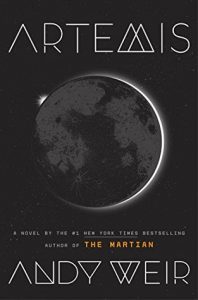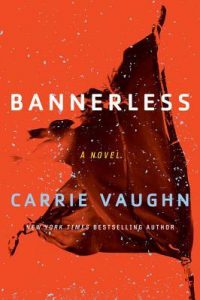
 Title: The Impossible Fortress by Jason Rekulak
Title: The Impossible Fortress by Jason Rekulak Published by Simon & Schuster
Published: February 7th 2017
Genres: Fiction
Pages: 285
Format: eBook
Source: Netgalley
Goodreads
It’s the 1980s, computer programming is starting to become a thing, and Billy and his friends are obsessed with getting their hands on a copy of Playboy featuring Vanna White. While at the store while trying to help his friends conceive a plan in which to buy said Playboy magazine, he and his friends concoct a scheme that involves the shop owner’s daughter, Mary, and feigning interest in her to get her to get them that magazine. Billy volunteers, and the two become friends once Billy discovers that Mary is interested in computer programming, too.A dazzling debut novel—at once a charming romance and a moving coming-of-age story—about what happens when a fourteen-year old boy pretends to seduce a girl to steal a copy of Playboy but then discovers she is his computer-loving soulmate.
Billy Marvin’s first love was a computer. Then he met Mary Zelinsky.
Do you remember your first love?
The Impossible Fortress begins with a magazine…The year is 1987 and Playboy has just published scandalous photographs of Vanna White, from the popular TV game show Wheel of Fortune. For three teenage boys—Billy, Alf, and Clark—who are desperately uneducated in the ways of women, the magazine is somewhat of a Holy Grail: priceless beyond measure and impossible to attain. So, they hatch a plan to steal it.
The heist will be fraught with peril: a locked building, intrepid police officers, rusty fire escapes, leaps across rooftops, electronic alarm systems, and a hyperactive Shih Tzu named Arnold Schwarzenegger. Failed attempt after failed attempt leads them to a genius master plan—they’ll swipe the security code to Zelinsky’s convenience store by seducing the owner’s daughter, Mary Zelinsky. It becomes Billy’s mission to befriend her and get the information by any means necessary. But Mary isn’t your average teenage girl. She’s a computer loving, expert coder, already strides ahead of Billy in ability, with a wry sense of humor and a hidden, big heart. But what starts as a game to win Mary’s affection leaves Billy with a gut-wrenching choice: deceive the girl who may well be his first love or break a promise to his best friends.
I really wanted to like this book more than I did because it looked like something that’s right up my alley: computer programmers, the 80s, a cute growing up story. However, it ended up taking a weird turn about three-quarters of the way through the book that just seemed uncharacteristic and unrelated to all of the build-up that had happened in the rest of the book. While the main characters are fourteen or so, each of the boys can be unbelievably cruel in one way or another. Billy’s cruelty is the most unbelievable and is the catalyst for the finale, and then the consequences are just pushed away as if none of it really mattered.
The Impossible Fortress started out cute, light, and enjoyable, but ultimately took a turn for the worse. It’s a shame because it had so much potential!
I received a copy of this book for review through Netgalley. All opinions are my own.

 Title:
Title:  Title:
Title:  Title:
Title:  Title:
Title: